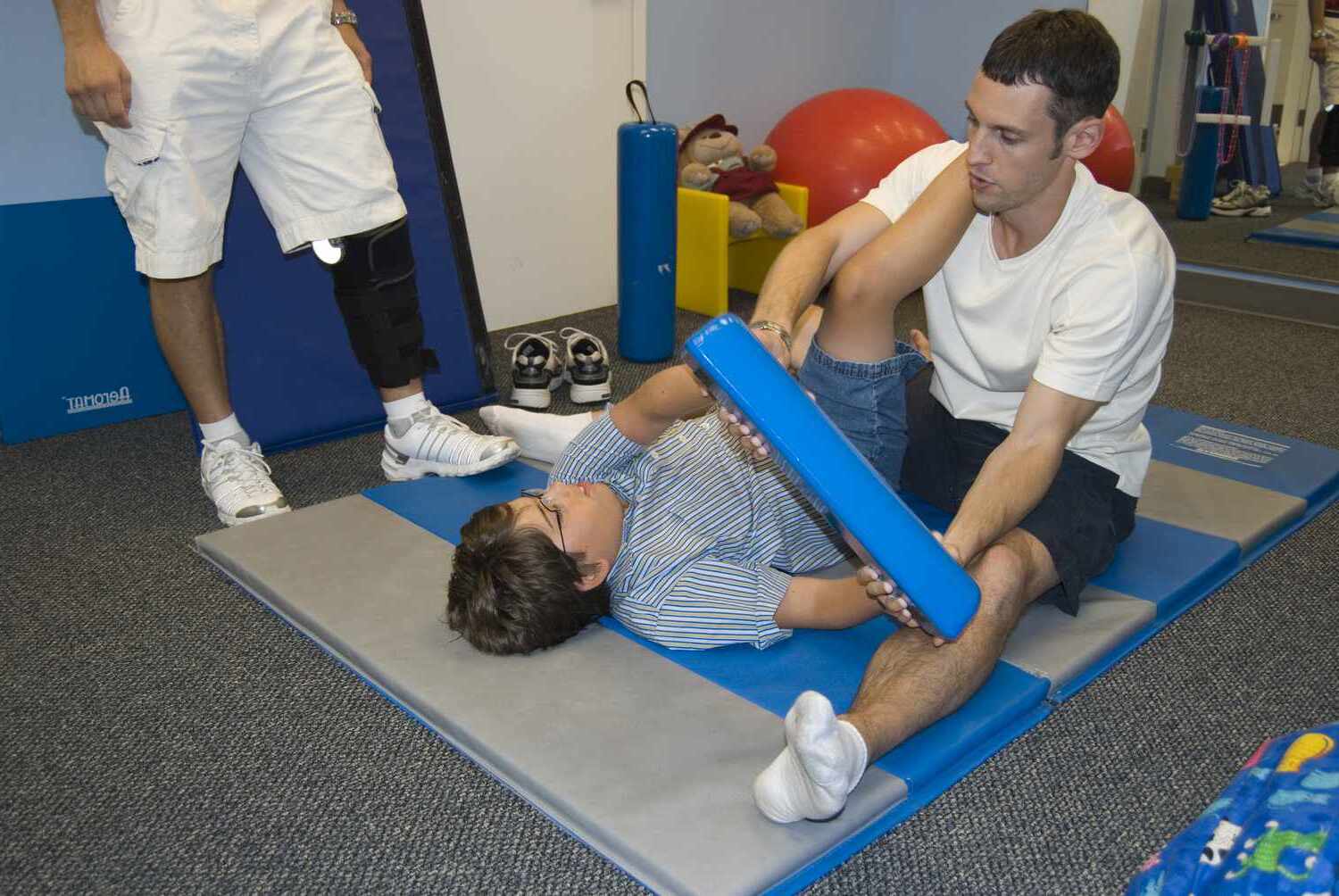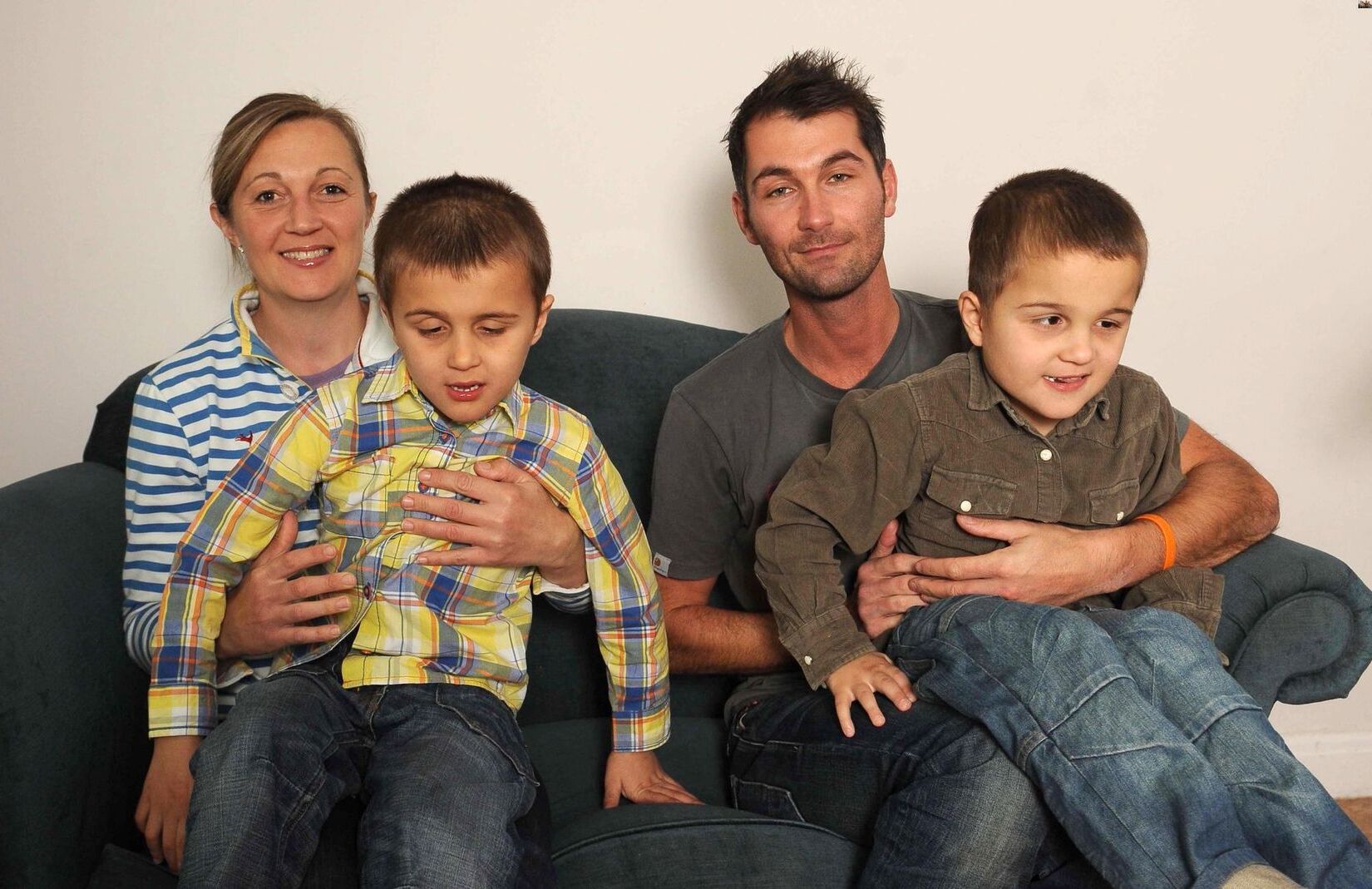
What is Becker's Muscular Dystrophy? Becker's Muscular Dystrophy (BMD) is a genetic disorder that primarily affects muscles, especially those in the hips, pelvis, thighs, and shoulders. Named after Dr. Peter Emil Becker, who first described it in the 1950s, BMD is part of a group of diseases known as dystrophinopathies. These diseases are caused by mutations in the dystrophin gene, leading to a deficiency or absence of the dystrophin protein, which is crucial for muscle function. Symptoms can appear between ages 5 and 60, often progressing slowly but leading to significant muscle weakness and disability. Understanding BMD involves exploring its symptoms, causes, diagnosis, and treatment options.
What is Becker's Muscular Dystrophy?
Becker's Muscular Dystrophy (BMD) is a genetic disorder that affects muscles, causing them to weaken over time. It's one of the nine types of muscular dystrophies, primarily impacting voluntary muscles.
- BMD belongs to the group of dystrophinopathies, which also includes Duchenne Muscular Dystrophy (DMD) and an intermediate form between DMD and BMD.
- Named after German doctor Peter Emil Becker, who first described this variant of DMD in the 1950s.
Symptoms of Becker's Muscular Dystrophy
Symptoms can vary widely, making each case unique. However, there are common signs to watch for.
- Symptoms can start from 5 to 60 years of age, showing how unpredictable the onset can be.
- Generalized muscle weakness is a hallmark, especially in the hips, pelvic area, thighs, and shoulders.
- Enlarged calf muscles are often a noticeable feature, sometimes appearing even before muscle weakness.
- Heart involvement is common, leading to complications like cardiomyopathy and heart failure.
Causes of Becker's Muscular Dystrophy
Understanding the root cause helps in managing and researching potential treatments.
- A mutation in the dystrophin gene leads to BMD. This gene is crucial for muscle function and integrity.
- Dystrophin deficiency results in progressive muscle degeneration, causing the symptoms associated with BMD.
Life Expectancy in BMD
Life expectancy can vary based on the severity of symptoms and complications.
- Most people with BMD can live into mid to late adulthood, especially with proper management of symptoms.
- Heart failure from dilated cardiomyopathy is the principal cause of death in patients with BMD.
Diagnosis of Becker's Muscular Dystrophy
Accurate diagnosis is essential for effective management and treatment.
- Clinical evaluation and medical history are the first steps in diagnosing BMD.
- CPK blood test helps detect muscle damage by measuring the level of creatine phosphokinase in the blood.
- Electromyography (EMG) assesses muscle function by measuring electrical activity in muscles.
- Muscle biopsy or genetic testing can confirm the diagnosis by revealing areas of endomysial inflammation and diminished staining for dystrophin.
Treatment Options for BMD
While there's no cure, various treatments aim to control symptoms and improve quality of life.
- Steroids like corticosteroids can help slow down the progression of muscle weakness.
- Physical therapy is crucial for maintaining muscle strength and preventing further degeneration.
- Orthopedic appliances like braces and wheelchairs can improve movement and self-care.
- Genetic counseling is recommended for individuals who may be carriers of the defective gene.
Complications of Becker's Muscular Dystrophy
Complications can significantly impact the quality of life and require careful management.
- Heart-related problems like cardiomyopathy and heart failure are common.
- Lung failure can occur due to respiratory muscle weakness.
- Pneumonia or respiratory infections are more likely in individuals with BMD.
- Increasing disability can lead to decreased mobility and the need for assistive devices.
Patient Perspective
Understanding the patient's experience is crucial for improving care and support.
- Patients with BMD often experience significant muscle weakness, impacting daily living activities.
- Chronic pain is a common symptom that affects the quality of life.
- Support groups provide a platform for sharing experiences and finding emotional support.
Research Developments
Ongoing research offers hope for better management and potential cures.
- Gene replacement therapy aims to replace the faulty gene with a healthy one.
- Gene modification techniques like CRISPR are being explored to correct the mutation in the dystrophin gene.
- Stem cell therapy holds promise for regenerating muscle tissue and restoring function.
- Inhibiting myostatin could potentially increase muscle mass and strength.
- Increasing utrophin levels might help compensate for the lack of dystrophin, offering a new avenue for treatment.
Final Thoughts on Becker's Muscular Dystrophy
Becker's Muscular Dystrophy (BMD) is a genetic disorder that affects muscle strength and function. It progresses more slowly than Duchenne Muscular Dystrophy but still leads to significant challenges. Symptoms usually start in the hips, pelvis, thighs, and shoulders, often showing up between ages 5 and 60. The root cause is a mutation in the dystrophin gene, which results in a lack of the protein dystrophin, essential for muscle health.
While there's no cure, treatments like steroids, physical therapy, and orthopedic appliances can help manage symptoms and improve quality of life. Genetic counseling is crucial for families to understand the inheritance patterns and risks. Research is ongoing, with promising developments in gene therapy and other innovative treatments. Support groups and patient communities play a vital role in providing emotional and practical support. Understanding BMD helps in managing the condition better and improving patient outcomes.
Was this page helpful?
Our commitment to delivering trustworthy and engaging content is at the heart of what we do. Each fact on our site is contributed by real users like you, bringing a wealth of diverse insights and information. To ensure the highest standards of accuracy and reliability, our dedicated editors meticulously review each submission. This process guarantees that the facts we share are not only fascinating but also credible. Trust in our commitment to quality and authenticity as you explore and learn with us.


